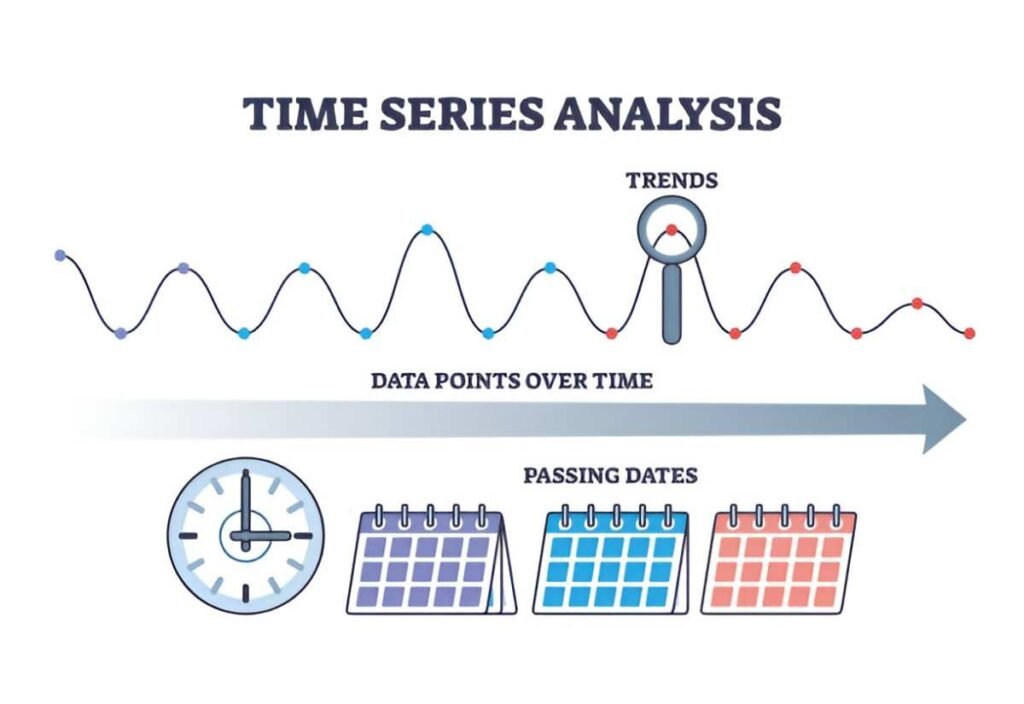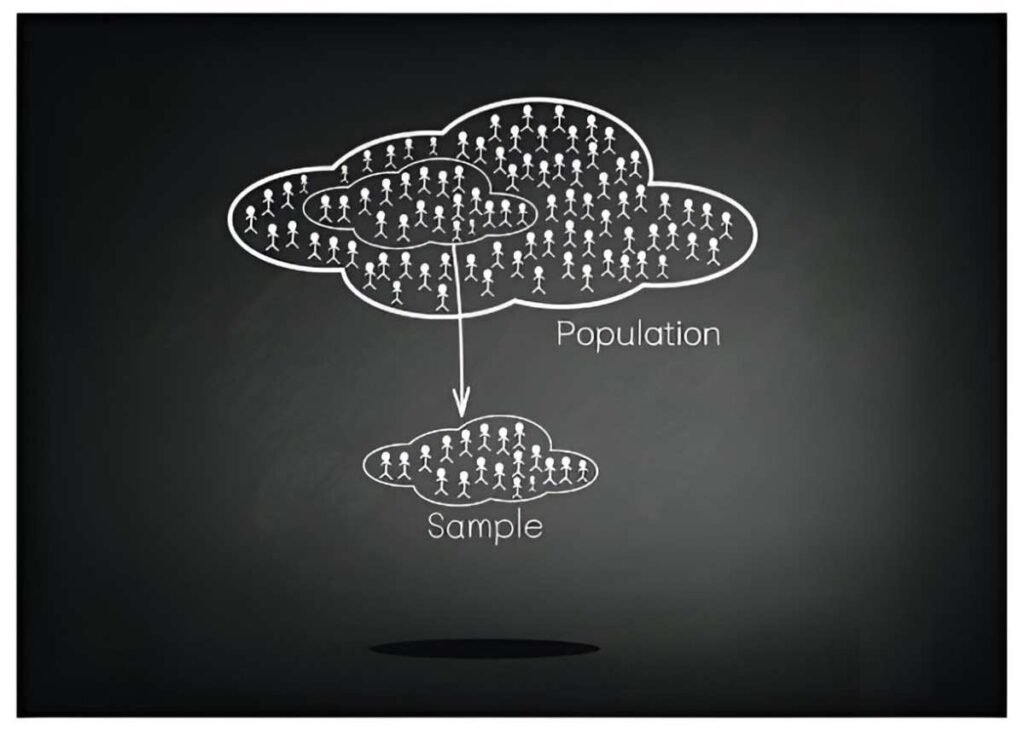As someone deeply immersed in the finance and accounting fields, I often find myself explaining complex financial concepts to clients and colleagues. One such concept that frequently arises is Sales Margin Volume Variance (SMVV). This metric is crucial for understanding how changes in sales volume impact a company’s profitability. In this article, I will break down SMVV, explore its significance, and provide practical examples to help you navigate this financial concept with confidence.
Table of Contents
What Is Sales Margin Volume Variance?
Sales Margin Volume Variance measures the difference between the actual sales volume and the budgeted sales volume, multiplied by the standard profit margin. It helps businesses understand how changes in sales volume affect their profitability. The formula for SMVV is:
\text{SMVV} = (\text{Actual Volume} - \text{Budgeted Volume}) \times \text{Standard Profit Margin}This variance is a subset of sales variance, which also includes price variance and mix variance. While price variance focuses on changes in selling prices, and mix variance examines shifts in product mix, SMVV zeroes in on volume changes.
Why Is SMVV Important?
Understanding SMVV is critical for several reasons:
- Profitability Analysis: It helps identify whether changes in sales volume are boosting or eroding profits.
- Budgeting and Forecasting: By analyzing SMVV, businesses can refine their sales and production budgets.
- Performance Evaluation: It provides insights into the effectiveness of sales strategies and market conditions.
For example, if a company budgets to sell 10,000 units but only sells 8,000, the SMVV will highlight the financial impact of this shortfall. Conversely, selling 12,000 units would show a positive variance, indicating better-than-expected performance.
Breaking Down the Formula
Let’s revisit the SMVV formula:
\text{SMVV} = (\text{Actual Volume} - \text{Budgeted Volume}) \times \text{Standard Profit Margin}Here’s what each component means:
- Actual Volume: The number of units sold during the period.
- Budgeted Volume: The number of units the company planned to sell.
- Standard Profit Margin: The expected profit per unit, calculated as selling price minus variable costs.
Example Calculation
Suppose a company budgets to sell 10,000 units at a standard profit margin of $5 per unit. However, it only sells 8,000 units. The SMVV would be:
\text{SMVV} = (8,000 - 10,000) \times 5 = -10,000This negative variance indicates a $10,000 shortfall in profit due to lower sales volume.
Factors Influencing SMVV
Several factors can cause SMVV to fluctuate:
- Market Demand: Changes in consumer preferences or economic conditions can impact sales volume.
- Pricing Strategies: Aggressive pricing might boost volume but reduce profit margins.
- Production Issues: Supply chain disruptions can limit the ability to meet sales targets.
- Competition: New entrants or competitive pricing can erode market share.
For instance, during the COVID-19 pandemic, many businesses experienced negative SMVV due to reduced consumer spending and supply chain disruptions.
Comparing SMVV with Other Variances
To fully grasp SMVV, it’s helpful to compare it with other types of variances:
| Variance Type | Focus Area | Formula |
|---|---|---|
| Sales Margin Volume Variance | Changes in sales volume | (\text{Actual Volume} - \text{Budgeted Volume}) \times \text{Standard Profit Margin} |
| Sales Price Variance | Changes in selling prices | (\text{Actual Price} - \text{Standard Price}) \times \text{Actual Volume} |
| Sales Mix Variance | Changes in product mix | (\text{Actual Mix} - \text{Standard Mix}) \times \text{Standard Profit Margin} |
As you can see, each variance provides a different lens through which to analyze sales performance.
Real-World Application: A Case Study
Let’s consider a hypothetical company, GreenTech, which manufactures eco-friendly products. GreenTech budgets to sell 20,000 units at a standard profit margin of $10 per unit. However, due to a competitor launching a similar product, GreenTech only sells 18,000 units.
Using the SMVV formula:
\text{SMVV} = (18,000 - 20,000) \times 10 = -20,000This negative variance indicates a $20,000 profit shortfall. To address this, GreenTech might consider:
- Enhancing Marketing Efforts: To regain market share.
- Adjusting Pricing: To make their product more competitive.
- Improving Product Features: To differentiate from competitors.
The Role of Standard Profit Margin
The standard profit margin is a critical component of SMVV. It represents the expected profit per unit and is calculated as:
\text{Standard Profit Margin} = \text{Selling Price} - \text{Variable Costs}For example, if GreenTech sells a product for $50 and incurs variable costs of $40, the standard profit margin is $10.
Impact of Variable Costs
Variable costs, such as raw materials and labor, directly affect the standard profit margin. If these costs rise, the profit margin shrinks, amplifying the impact of volume changes on SMVV.
Limitations of SMVV
While SMVV is a valuable tool, it has limitations:
- Ignores External Factors: It doesn’t account for macroeconomic changes or industry trends.
- Assumes Constant Profit Margins: In reality, profit margins can fluctuate due to cost changes or pricing adjustments.
- Focuses Solely on Volume: It doesn’t consider other factors like product mix or customer demographics.
Integrating SMVV into Financial Analysis
To make the most of SMVV, I recommend integrating it with other financial metrics, such as:
- Gross Margin: To assess overall profitability.
- Break-Even Analysis: To determine the sales volume needed to cover costs.
- Return on Investment (ROI): To evaluate the effectiveness of sales strategies.
Example: Comprehensive Financial Analysis
Suppose GreenTech has the following data:
- Budgeted Sales: 20,000 units
- Actual Sales: 18,000 units
- Selling Price: $50
- Variable Costs: $40
- Fixed Costs: $100,000
First, calculate the standard profit margin:
\text{Standard Profit Margin} = 50 - 40 = 10Next, compute SMVV:
\text{SMVV} = (18,000 - 20,000) \times 10 = -20,000Finally, assess the overall financial impact by calculating gross profit:
\text{Gross Profit} = (\text{Actual Volume} \times \text{Standard Profit Margin}) - \text{Fixed Costs} \text{Gross Profit} = (18,000 \times 10) - 100,000 = 80,000This comprehensive analysis shows that while SMVV highlights a $20,000 shortfall, the company still achieves a gross profit of $80,000.
Conclusion
Sales Margin Volume Variance is a powerful tool for understanding how changes in sales volume impact profitability. By breaking down the formula, exploring influencing factors, and integrating it with other financial metrics, businesses can gain valuable insights into their performance. While SMVV has limitations, its ability to highlight volume-related profit changes makes it indispensable for financial analysis.





